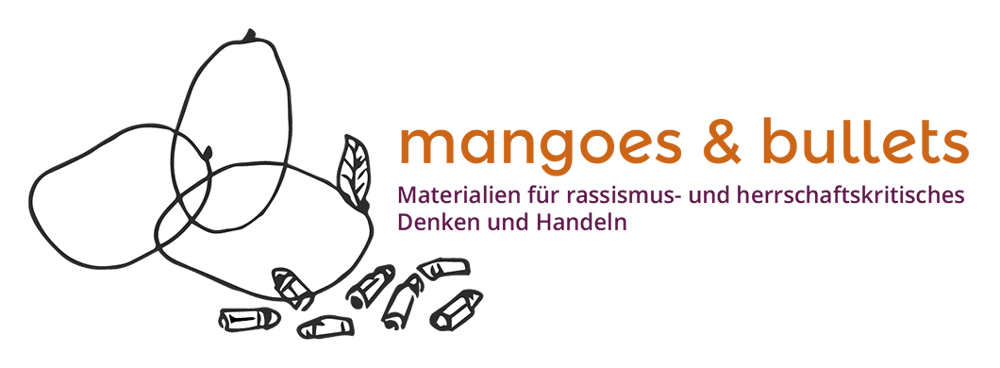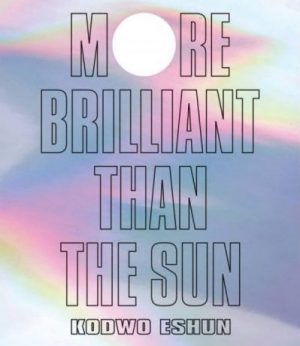Published in 1998, British journalist and writer Kodwo Eshun ‘s book spoke and speaks so eloquently about music and identity(s), drum computers and (non-)human bodies, electronic sound aesthetics and Afrofuturism, forms of world appropriation and worldliness of popular music, that one can easily become dizzy.
The Guardian newspaper wrote in a review(translation: ID Verlag) about the book :
“Each sentence is like a bomb exploding in your skull. The book launches a blitzkrieg, unbelievable in speed and poignancy, against music journalists and cultural scholars who, as ‘brakemen of future shock,’ want to domesticate the alienating sounds of music forever.“
One year later, “Heller als die Sonne. Adventures in Sonic Fiction” the German-language edition translated by writer Dietmar Dath . Journalist Judith Schnaubelt outlines the significance of the work in her 2013 portraitof Kodwo Eshun published in the Zündfunk Generator series thus:
“The exuberant euphoria of the techno generation had long since fizzled out when a book appeared in 1998 that lent a theoretical-historical superstructure to the music to which the last great youth movement of the 20th century danced. Title: “Brighter than the Sun – Adventures in Sonic Fiction”. London music journalist and DJ Kodwo Eshun had written this hymn to techno, electro, house, drum & bass and their forefather, cosmic jazz. Even today, “Brighter Than the Sun” is considered a manifesto by many machine-sound futurists.”
In 2002 Kodwo Eshun founded the artist collective Otolith Group together with Anjalika Sagar. He teaches at Goldsmiths, University of London Aural and Visual Cultures, works as a curator and writes regularly for magazines and journals.

